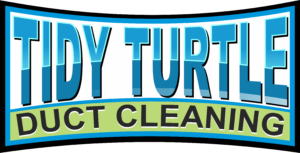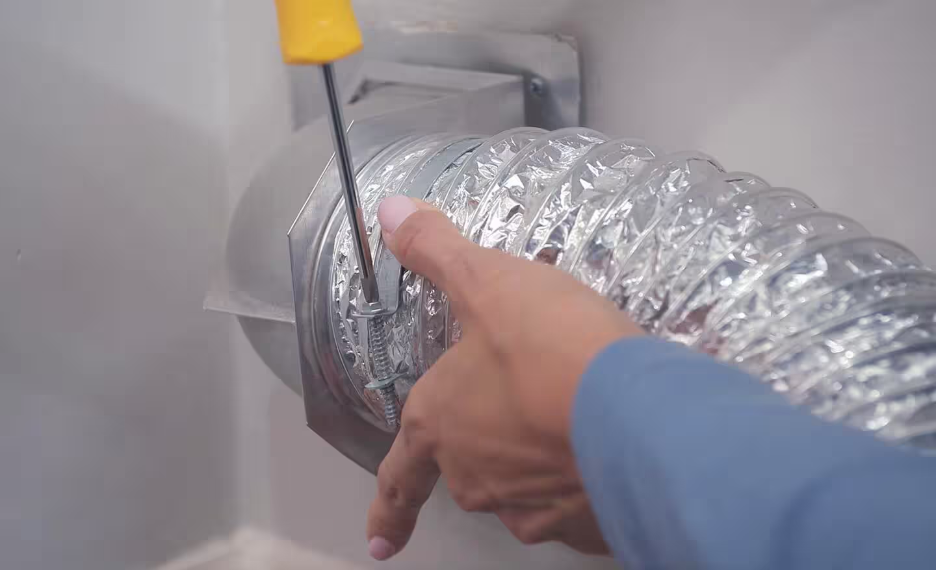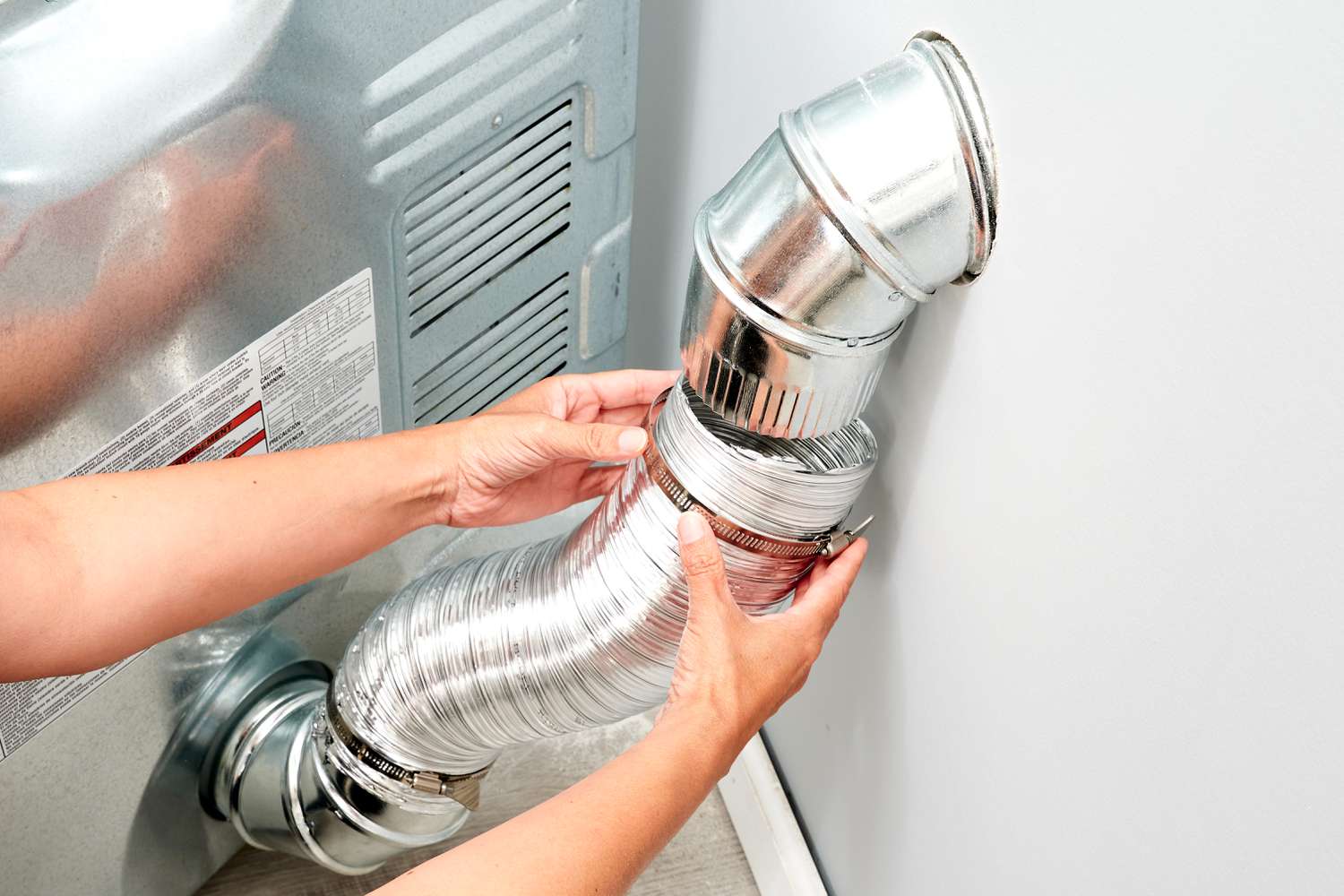Indoor air quality (IAQ) has taken center stage in home health discussions—and for good reason. As we spend more time indoors, the demand for clean, pathogen-free air has surged. For Kansas City homeowners who want more than basic air filters, UVC air purification and bipolar ionization offer cutting-edge solutions that target bacteria, viruses, allergens, and odors at a molecular level. In this comprehensive guide, we break down how these technologies work, their science-backed benefits, and why tech-savvy homeowners are upgrading their HVAC systems with them.
Why Your Home’s Air Needs Protection
The Dangers of Airborne Pathogens
Modern homes are tightly sealed for energy efficiency, but this limits fresh air exchange. As a result, pollutants and airborne pathogens linger. Common indoor air threats include cooking fumes, pet dander, VOCs, mold spores, and recirculated bacteria or viruses. Without proper purification, these contaminants can accumulate to unsafe levels.
Symptoms of Poor Indoor Air Quality
Poor IAQ can cause sneezing, coughing, sinus irritation, fatigue, headaches, and worsened allergies. It can also impact sleep quality and immune response. Standard HVAC filters often fail to catch microscopic threats, which is where advanced technologies like UVC and ionization become essential for consistent air purification.
UVC Technology: A Modern Germicidal Tool
What Is UVC Light?
UVC is ultraviolet light with wavelengths between 200–280 nm. It breaks down the DNA and RNA of microorganisms, rendering them inactive. Historically used in hospitals and water purification, it’s now adapted for HVAC systems and home air purifiers. It’s one of the most effective technologies for eliminating viruses and bacteria on surfaces and in the air.
Safe Use in Home Air Purifiers
UVC is safely enclosed in HVAC systems, posing no exposure risk. It sterilizes air as it passes through ducts, providing 24/7 protection against bacteria and viruses without ozone production. UVC also keeps HVAC coils and internal surfaces free from biofilm, helping extend equipment life and maintain efficiency.
Bipolar Ionization: Ion Technology for Cleaner Air
What Are Ions and How Do They Work?
Bipolar ionization releases charged ions that attach to particles like dust, allergens, and pathogens. These ions cause particles to clump together and fall or be filtered out more easily. They also disrupt and neutralize microbial cells. Ions actively target VOCs, bacteria, mold spores, and even static electricity buildup, making them extremely versatile.
Removing Viruses, Bacteria, and Odors
Ions actively break down odors, VOCs, and pathogens. Tests show they can reduce airborne bacteria and viruses by up to 99%, improving freshness and air quality throughout the home. Unlike traditional filters that only trap particles, ionization neutralizes threats at the source, reducing long-term exposure.
Benefits of UVC and Bipolar Ionization
Enhanced Home Health
Using both technologies creates a layered defense system that continuously targets both airborne pathogens and particulates. UVC sterilizes harmful microorganisms as air circulates through the HVAC system, preventing them from spreading throughout the house. At the same time, bipolar ionization neutralizes bacteria and viruses in ambient air, reduces static electricity, and breaks down volatile organic compounds (VOCs), which are often released from paint, furniture, and cleaning products. This significantly reduces illness transmission, mitigates allergy symptoms, and improves overall respiratory comfort for residents of all ages. In homes with children, elderly family members, or immunocompromised individuals, the health benefits are even more pronounced.
Improved HVAC Efficiency
Clean HVAC systems operate more efficiently and cost-effectively. UVC technology helps by preventing microbial buildup on coils and interior surfaces, maintaining optimal heat exchange and airflow. This results in lower energy bills and less strain on equipment. Similarly, bipolar ionization reduces the volume of airborne particles circulating in the ductwork, preventing clogging and helping filters work more effectively. With cleaner systems, homeowners can extend the lifespan of HVAC equipment and reduce the frequency of maintenance calls. The cumulative savings in energy and repair costs can be substantial over just a few years of operation.
Reduced Allergens and Mold
UVC and bipolar ionization systems are particularly powerful tools for combating allergens and mold in residential environments. UVC disrupts mold DNA, preventing it from reproducing and spreading through duct systems. Meanwhile, ionization causes allergens like pollen, pet dander, and dust mites to bond and drop out of the air, reducing their presence in the breathing zone. This is especially beneficial during Kansas City’s high pollen seasons or in homes with moisture-prone areas like basements. Many homeowners report a dramatic improvement in allergy symptoms shortly after installation, including reduced sneezing, less nasal congestion, and improved sleep quality.
UVC and Bipolar Ionization for Allergy Management
Asthma & Allergy Relief Backed by Science
In today’s health-conscious world, homeowners are turning to innovative air purification technologies like UVC (ultraviolet-C) light and bipolar ionization to combat indoor allergens and improve overall air quality. Backed by extensive scientific research, these systems have been proven to significantly reduce common asthma and allergy triggers. In homes where these technologies are installed, studies report lower levels of airborne mold, dust mites, bacteria, and viruses—all of which contribute to respiratory distress.
For residents of Kansas City, where seasonal allergies are particularly intense due to regional climate and pollen levels, the benefits are even more pronounced. Integrating UVC and bipolar ionization into home HVAC systems helps create a cleaner, healthier indoor environment. By neutralizing allergens at the source, these technologies offer long-term respiratory relief, leading to fewer asthma flare-ups, clearer breathing, and improved sleep quality for the entire household.
Real-Life Scenarios
Take, for instance, a typical Kansas City home with two pets, wall-to-wall carpeting, and a young child who suffers from seasonal allergies. In such a setting, allergens like pet dander, pollen, mold spores, and dust particles accumulate rapidly. Without advanced air purification, these microscopic irritants linger in the air and trigger respiratory issues.
However, when UVC light and bipolar ionization systems are professionally installed, the difference is immediate and measurable. These technologies work around the clock to inactivate airborne pathogens, break down allergens, and enhance air circulation. The result is a noticeable improvement in indoor air quality—fewer sneezing fits, reduced congestion, clearer sinuses, and significantly more restful sleep for allergy-prone family members.
Air Purifier Types Compared
| Technology | Strengths | Limitations |
| HEPA Filters | Physical filtration of 99.97% of particles | No pathogen or VOC neutralization |
| UVC Light | Destroys DNA of microorganisms | Requires enclosed, powered setup |
| Bipolar Ionization | Neutralizes particles, VOCs, and pathogens | Needs consistent airflow |
| Carbon Filters | Absorbs gases and odors | Can become saturated quickly |
Combining multiple technologies yields the most comprehensive solution. UVC and bipolar ionization work best as complements to existing filtration systems.
Debunking Common Myths About Air Purification Technologies
Myth 1: Standard filters are enough
False. They miss pathogens and VOCs, which require advanced tech for removal.
Myth 2: UVC is unsafe
Modern UVC installations are enclosed, posing no exposure to humans or pets.
Myth 3: Ionizers produce ozone
High-quality systems are ozone-free and certified safe for home use.
Myth 4: These technologies are only for commercial spaces
Residential systems are affordable and highly effective for home environments.
Myth 5: You can smell ionization working
Ionization systems do not have a smell. If there’s an odor, it may be from another source, not the ionizer itself.
How Tidy Turtle Delivers Cutting‑Edge Air Purification in Kansas City
Our Technology, Our Process
Tidy Turtle offers tailored solutions based on home assessments. They integrate UVC and ionization into HVAC systems, ensuring seamless operation and ongoing support with maintenance plans. Their technicians explain each technology clearly and install systems to maximize coverage while ensuring safety and performance.
Local Experience Matters
With Kansas City’s unique seasonal climate, choosing a provider that understands regional IAQ challenges is crucial. Tidy Turtle offers solutions based on local pollen counts, humidity trends, and typical residential construction in the area.
Local Air Quality Challenges in Kansas City
Kansas City faces high humidity, seasonal pollen, and traffic-related pollutants. These factors contribute to a greater need for advanced air purification among homeowners. Spring and fall are particularly challenging for allergy sufferers, and winter months often bring stagnant air and mold growth in basements and crawl spaces.
Conclusion: Invest in Cleaner, Smarter Air with Tidy Turtle
UVC and bipolar ionization represent the future of home air purification. At Tidy Turtle Duct Cleaning, we’re proud to offer homeowners in Kansas City advanced air-cleaning solutions that protect your household from airborne threats while boosting HVAC performance and indoor comfort.
By choosing Tidy Turtle, you’re investing in technology that enhances air quality, reduces health risks, and promotes long-term wellness. The result? Fewer sick days, improved sleep, and peace of mind knowing your home supports a healthier lifestyle.
For better breathing, cleaner air, and smarter home health—choose Tidy Turtle today.



